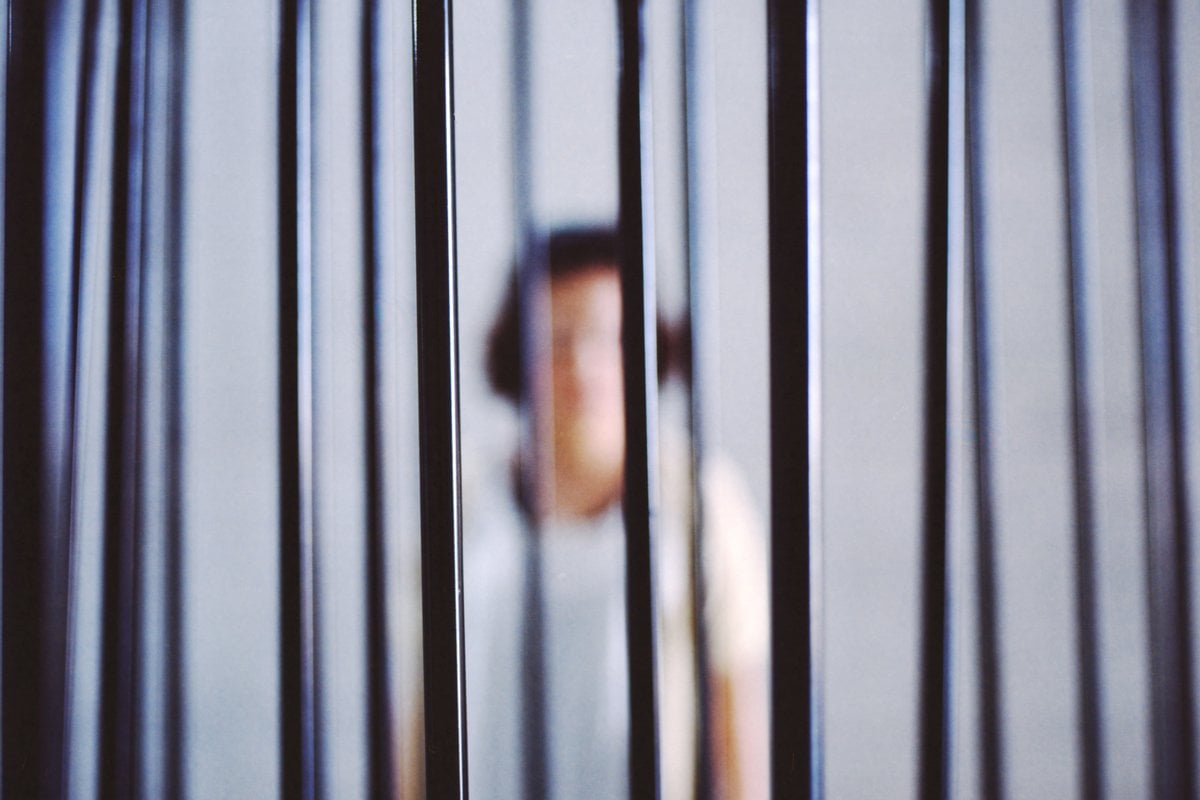
This post deals with sexual assault and domestic violence and may be triggering for some readers.
"I will never un-see what I saw in there. I will never view the world the same."
Those are the words of Annabel Walker, who spoke to Mamamia's No Filter podcast about the reality of life behind bars in Australian prison.
The 32-year-old spent eight months in prison after being found guilty of a string of fraud and deception convictions in September last year.
"The thing that surprised me the most is the grief in there. You can't have put pen to paper about what you've seen and heard in there about people's lives. Like people's parents that shot them up with heroin at 10 years old, been molested, you name it, it has happened," she shared.
"And these women know nothing better. Or they're in there with their mum or their grandma. You know there are generations in prison."
"You see so much loss in there."
Annabel was one of the eight per cent of women that make up the total prison population here in Australia.
While that might not seem a large percentage, more women and girls are finding themselves locked up in prison than ever before.
Between 2009 and 2019, the rate at which women and girls were imprisoned increased by 64 percent. For men it was just 45 percent.
Aboriginal and Torres Strait Islanders currently make up 33 percent of the female prison population.

Top Comments